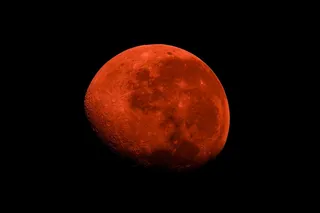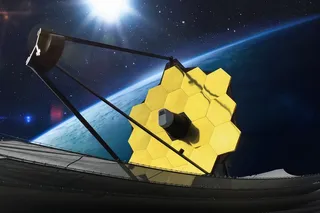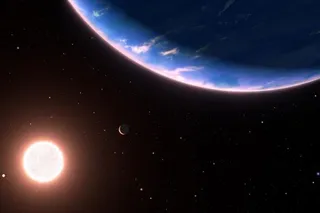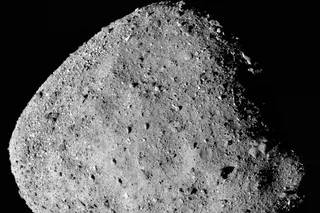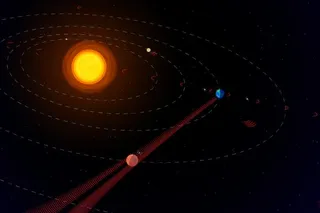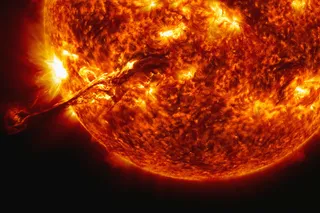When I was a young Bad Astronomer, one of my favorite night-sky targets for my telescope was the globular cluster M5, an easy-to-spot fuzzy jewel in the southern sky. Over the years I must have taken a look at it a hundred times, my telescope barely resolving a few of the brighter stars in it. Of course, with Hubble, the view is significantly better:
Holy scintillating jewelbox! [Click to englobenate, or grab the 3150 x 3150 pixel version.] M5 is a collection of at least 100,000 stars, all orbiting each other like bees around a beehive, held together by their mutual gravity. It's located about 25,000 light years away, and is something like 150 light years across. It's one of more than 150 such clusters of stars orbiting our Milky Way galaxy. And it's old: it's probably been around for 12 billion years. Yikes. I hope I look as good ...




